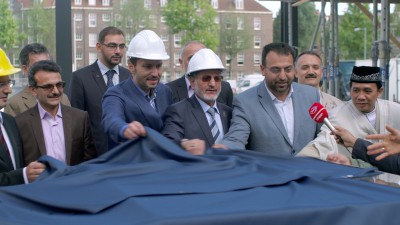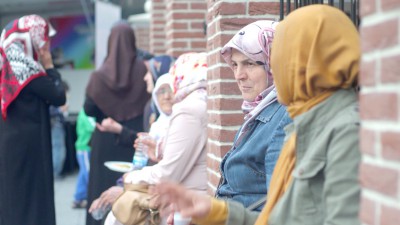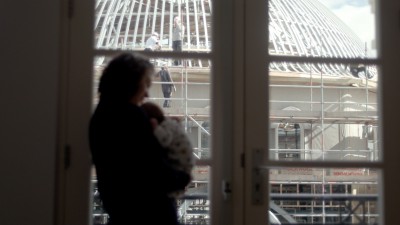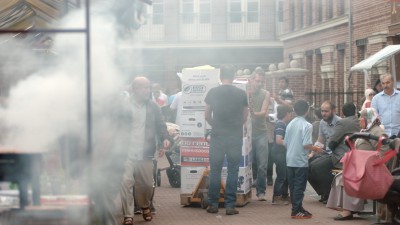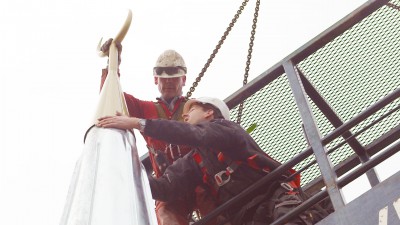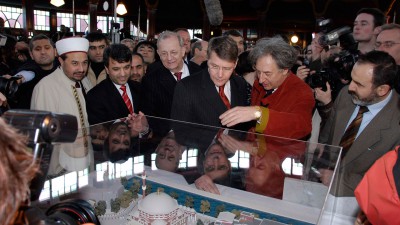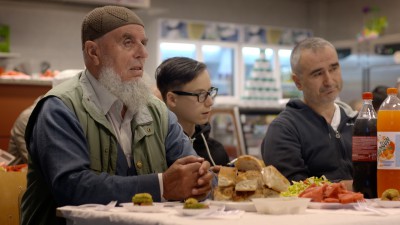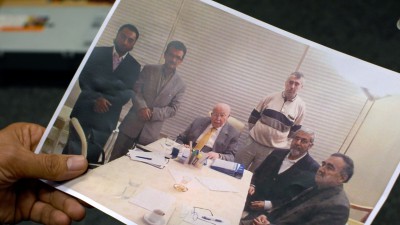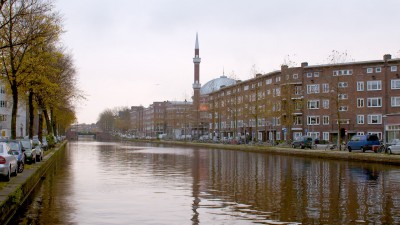Scroll down to continue

Scroll down to continue

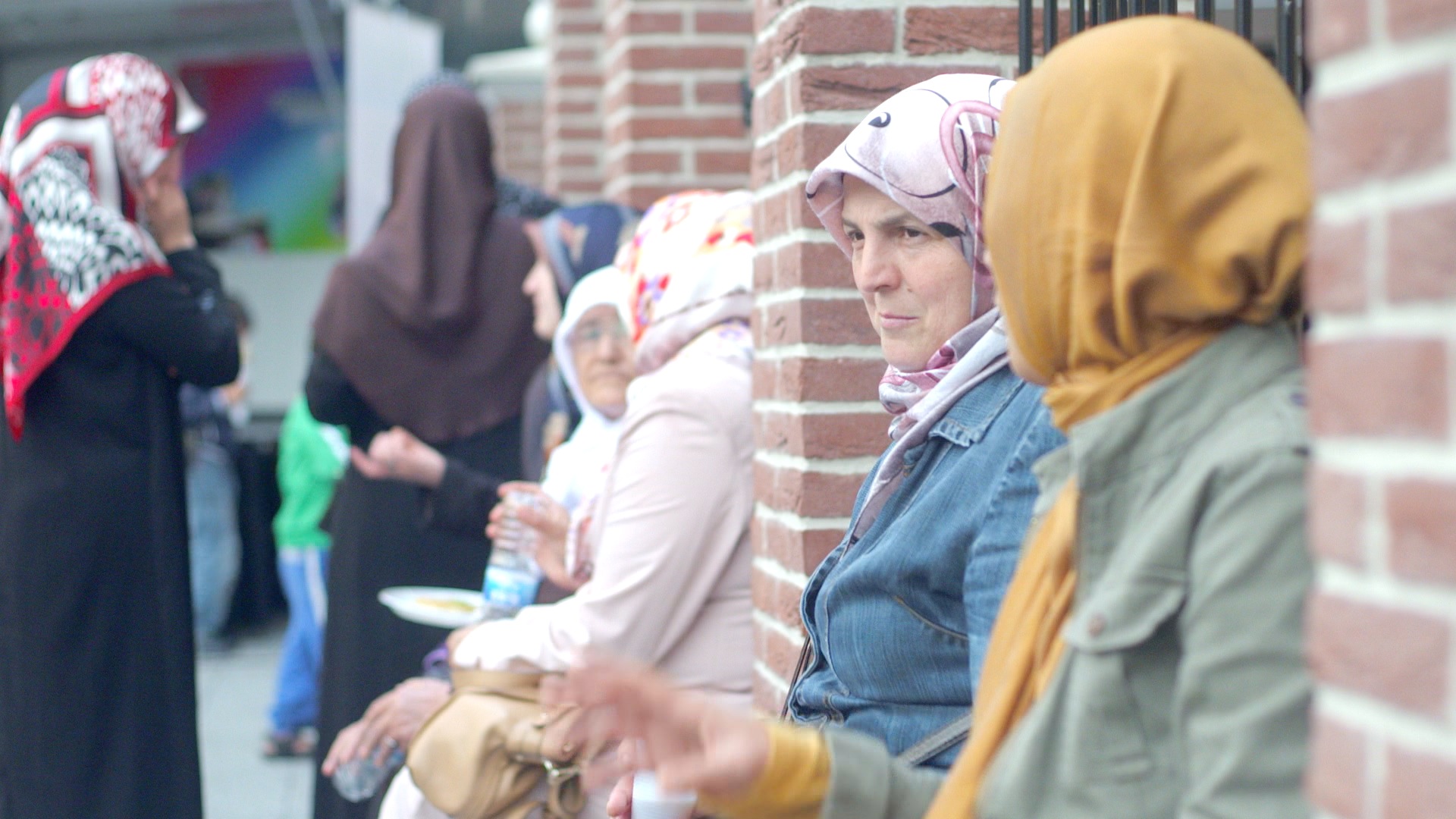
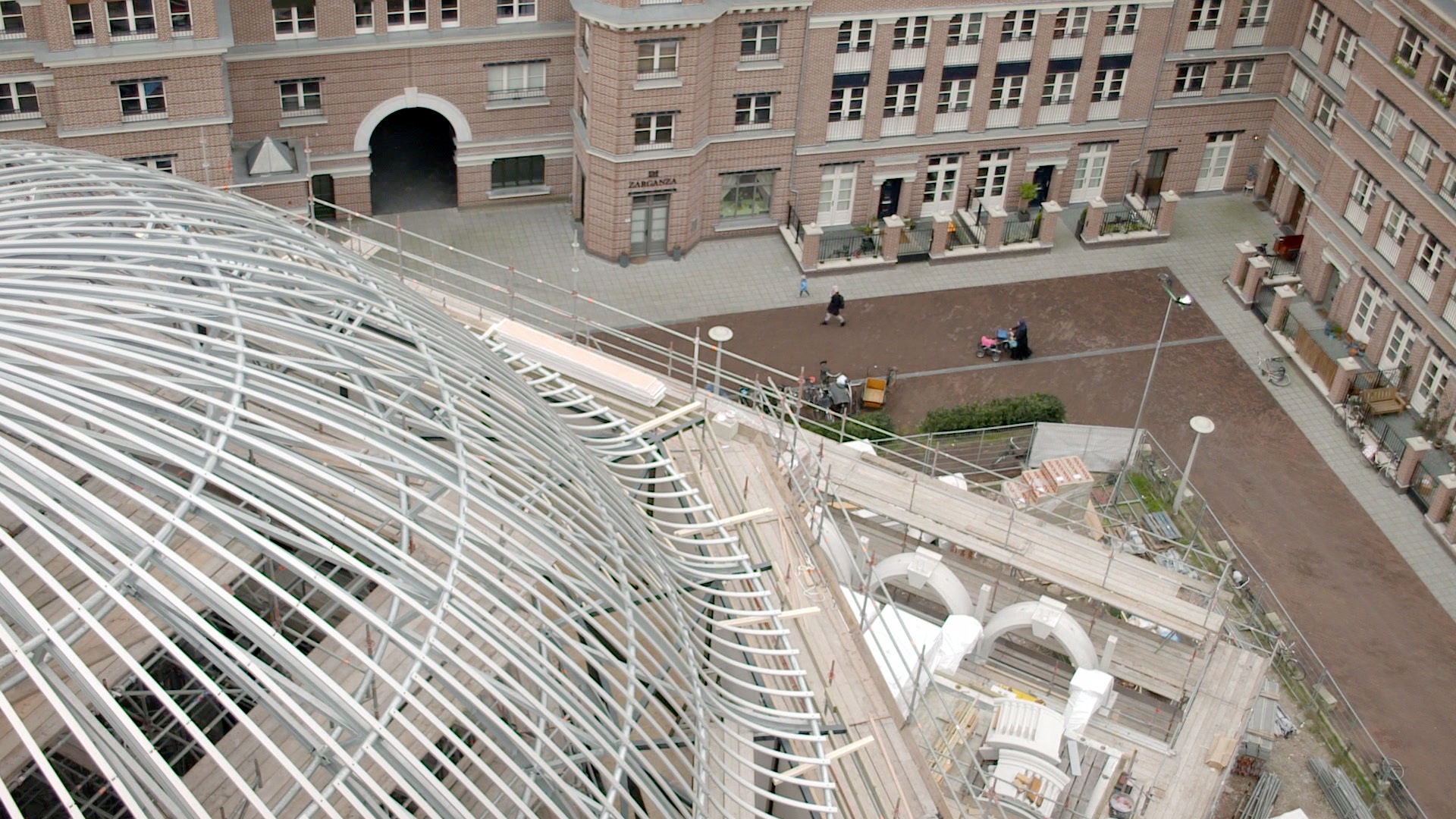

It is February 2014 and the construction of the Westermoskee is in full swing. One Sunday morning, an informational meeting is held in Turkish, to lure new financial contributors from within the Turkish community. But local residents want to be informed about the construction as well. They are worried. A resident on the ground floor wants to share her worries, but does not want to share her identity for fear of negative consequences
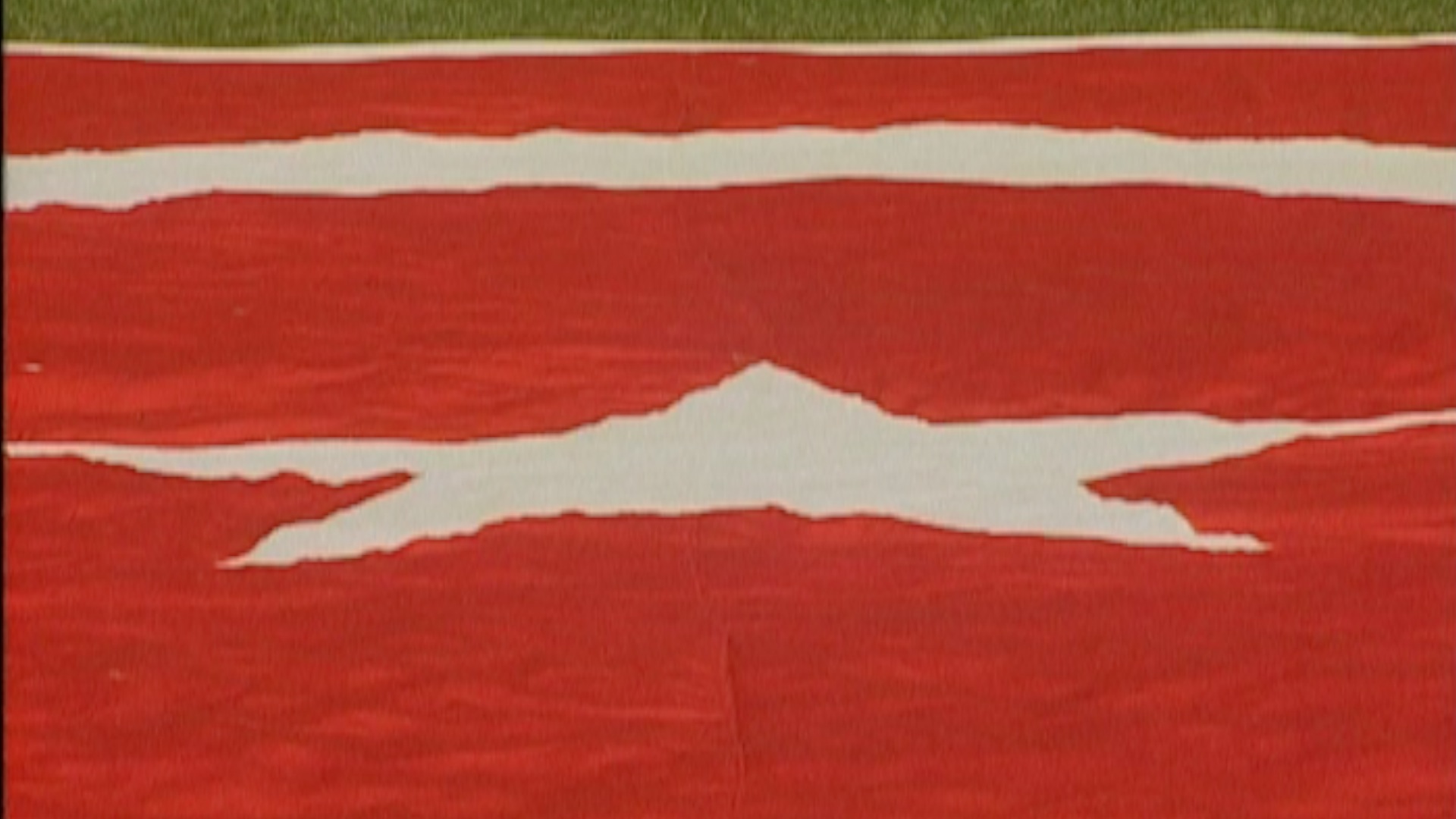

In June 1998 Milli Görüş organises a mass meeting at the Amsterdam Arena (Amsterdam’s largest football stadium) for 40,000 Turkish Muslims from Western Europe. The media talks about ‘an extreme fundamentalist and violent’movement, an image fed by a study of the German secret service on Milli Görüş. In reality, Milli Görüşis a conservative Islamic movement, adopting a pragmatic strategy in consideration of local circumstances. In Amsterdam, through former directors Üzeyir Kabaktepe and Haci Karacaer, the organization carries a moderate face
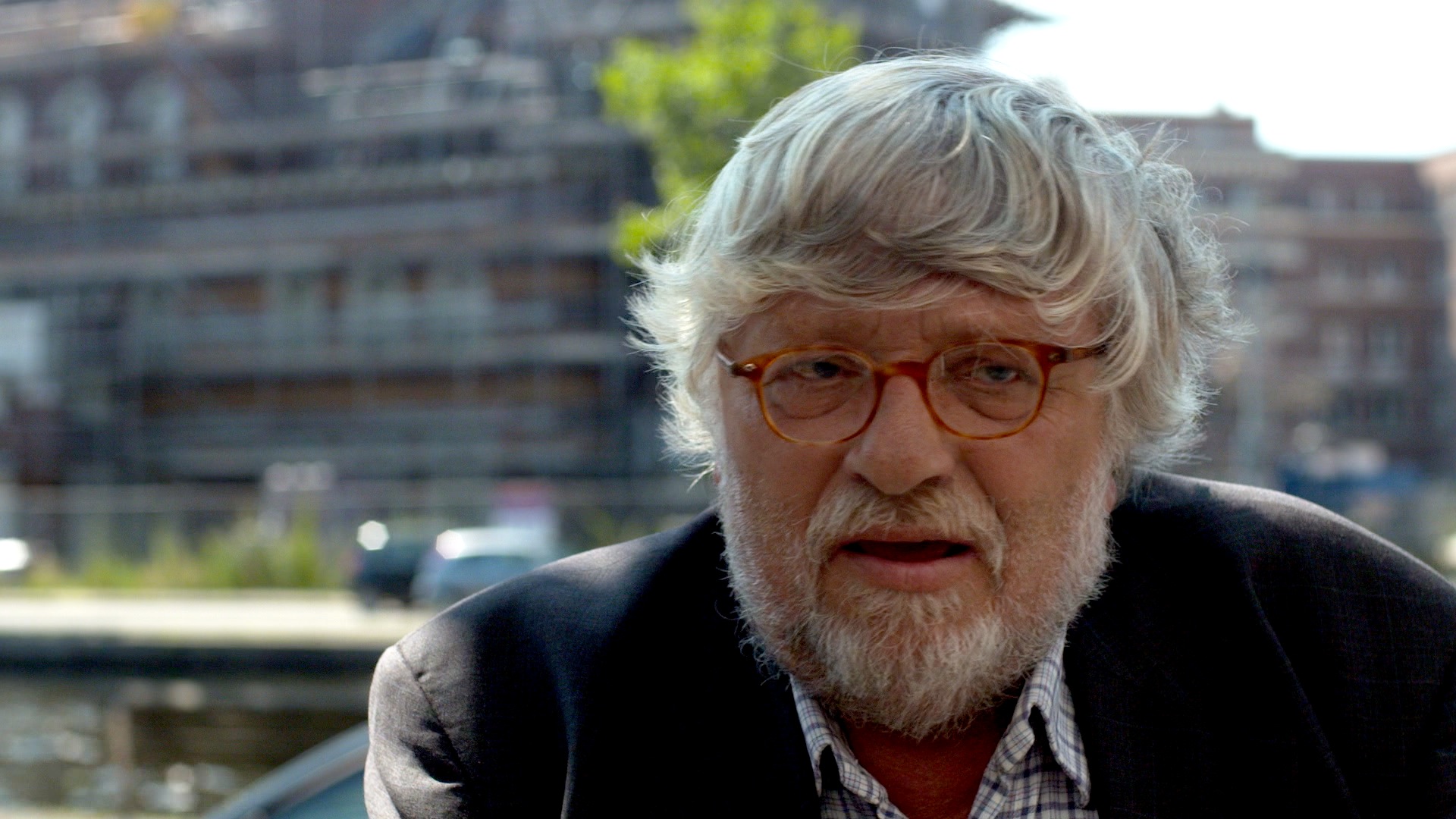

According to former district mayor of De Baarsjes, Freek Salm (PvdA), the movement Milli Görüşis ‘a barrier to integration’ of the Turkish Dutch. This is one of the reasons why he is against the arrival of the mosque on the old Riva site. Salm explains how he sees it today.
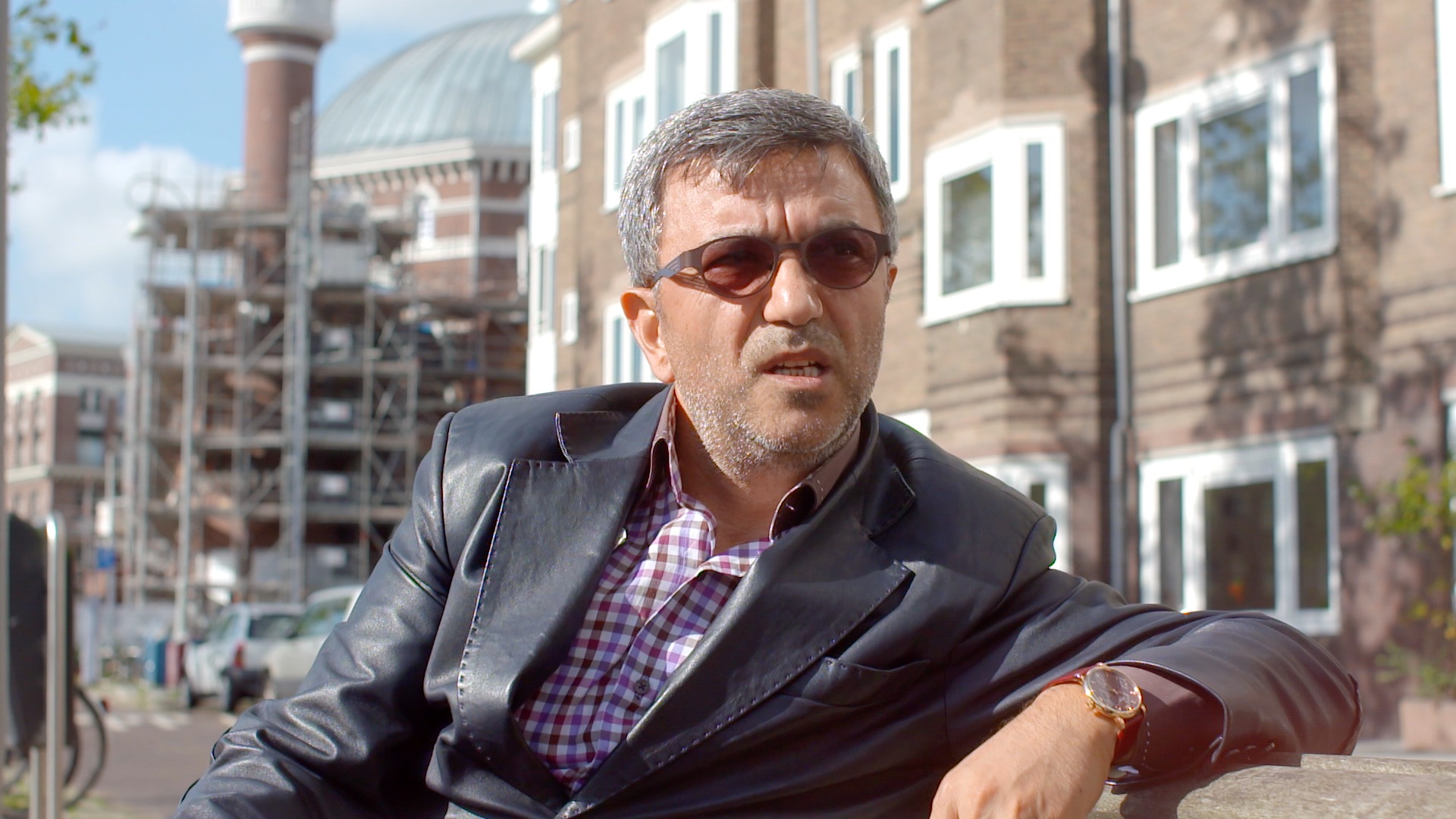

In the early nineties Haci Karacaer is a volunteer in the local youth section of Milli Görüş in De Baarsjes. He joins the board soon and in the late nineties, he starts handling the media affairs of the northern department of Milli Görüşin the Netherlands, under which the Aya Sofya mosque resides


By participating in consultation evenings in the district council and through the use of litigation against the city of Amsterdam, the Turkish Dutchmen succeed in establishing the use of the Riva site for mosque purposes. Although the zoning plan states that the site should accommodate a garage, this new situation is tolerated from 1994 onwards. In a later zoning plan, 1,000 square meters are being reserved for a mosque. Until after the millennium, the mosque will be allowed on the garage premises.
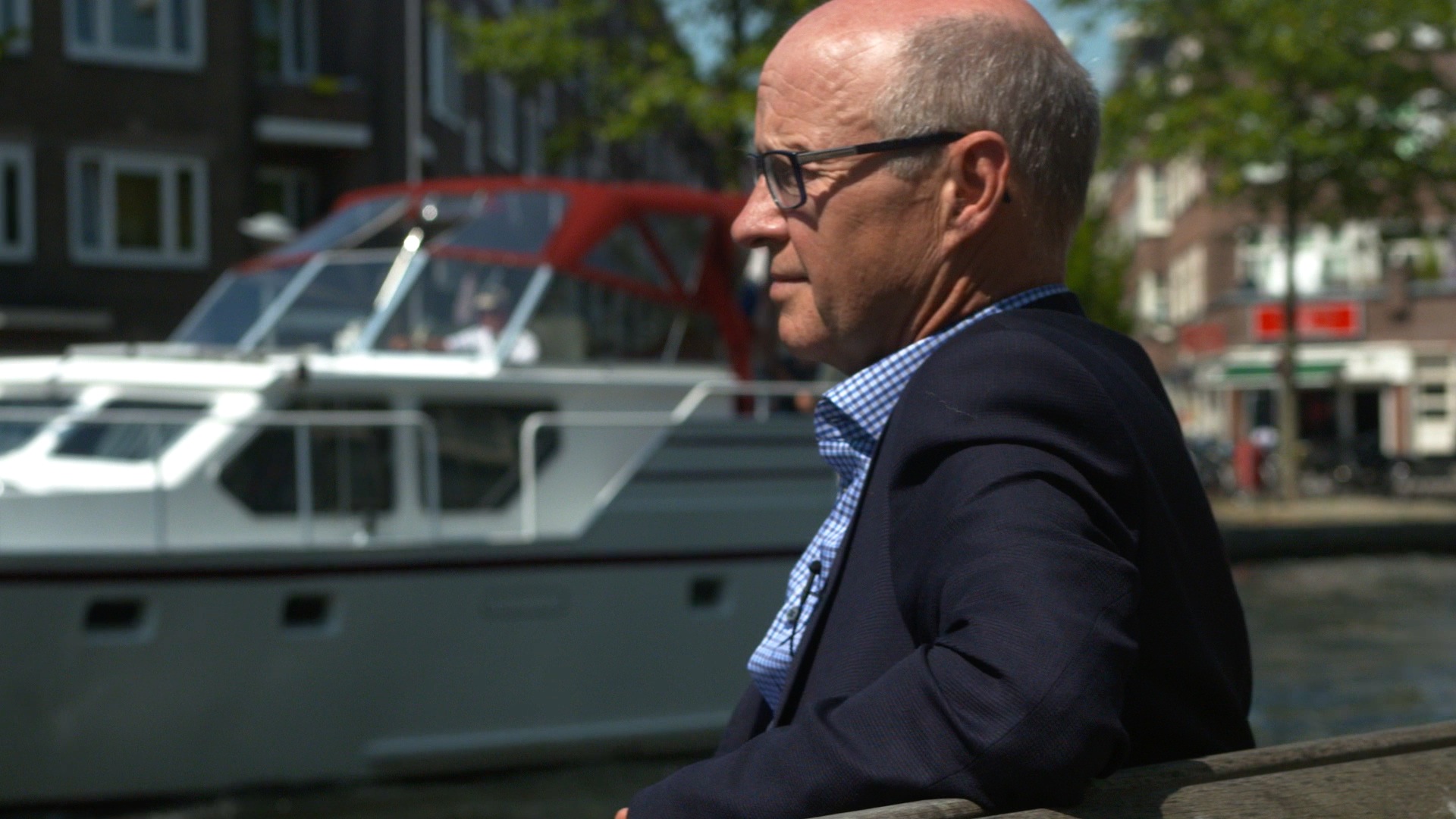

Henk van Waveren succeeds Freek Salm in 1995 as district chairman of the local Labour Party in De Baarsjes. Unlike his predecessor, he does not want confrontation. The relationship between the district council and the mosque association, however, remains cold. A period follows that is marked by lawsuits and an expropriation procedure that will last until 1998. But unlike Salm, Van Waveren does not see Aya Sofya as a fundamentalist association
